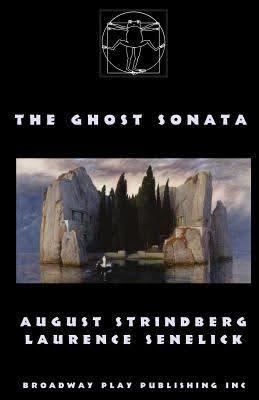First performance 21 January 1908 | ||
 | ||
Similar August Strindberg plays, Dramas | ||
The Ghost Sonata (Spöksonaten) is a play in three acts by the Swedish playwright August Strindberg. Written in 1907, it was first produced at Strindberg's Intimate Theatre in Stockholm on 21 January 1908. Since then, it has been staged by such notable directors as Max Reinhardt, Olof Molander, Roger Blin, and Ingmar Bergman. Bergman directed it four times: in 1941, 1954, 1973, and 2000. Strindberg took the title from Beethoven's Piano Sonata No. 17 in D minor, which he called `The Gespenster Sonata', and also Piano Trio No. 4 in D major, known as the `Ghost Trio'.
Contents
The Ghost Sonata is a key text in the development of modernist drama and a vivid example of a chamber play. In it, Strindberg creates a world in which ghosts walk in bright daylight, a beautiful woman is transformed into a mummy and lives in the closet, and the household cook sucks all the nourishment out of the food before she serves it to her masters.
Plot
The Ghost Sonata relates the adventures of a young student, who idealizes the lives of the inhabitants of a stylish apartment building in Stockholm. He makes the acquaintance of the mysterious Jacob Hummel, who helps him to find his way into the apartment, only to find that it is a nest of betrayal and sickness. The world, the student learns, is hell and human beings must suffer to achieve salvation. The play centers on a family of strangers who meet for the sake of meeting. They exchange no dialogue, nor gestures, they simply sit and bask in their own misfortune.
To Strindberg, family was something that he could never understand or even be a functioning part of: “Family... the home of all social evil, a charitable institution for comfortable women, an anchorage for house-fathers, and a hell for children” (Strindberg's Inferno). As a child, Strindberg went through the very hell he alludes to about the family. As an adult he realized that he would rather have died than lived a childhood hell and an adult hell, thus spawning a mania fixating on death.
